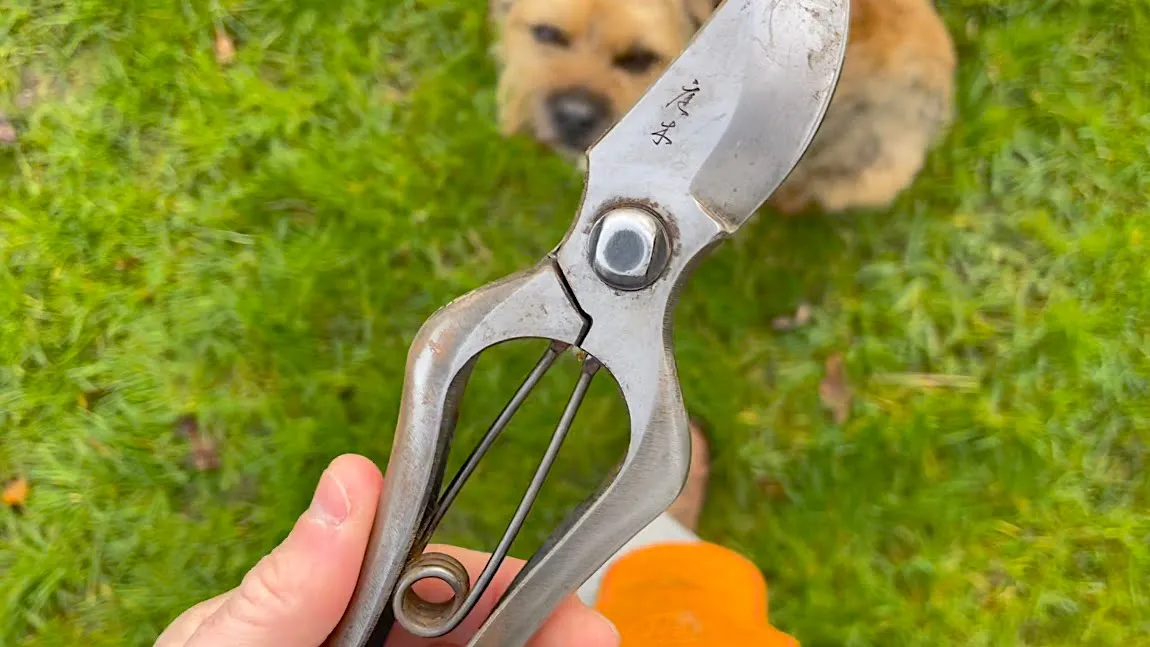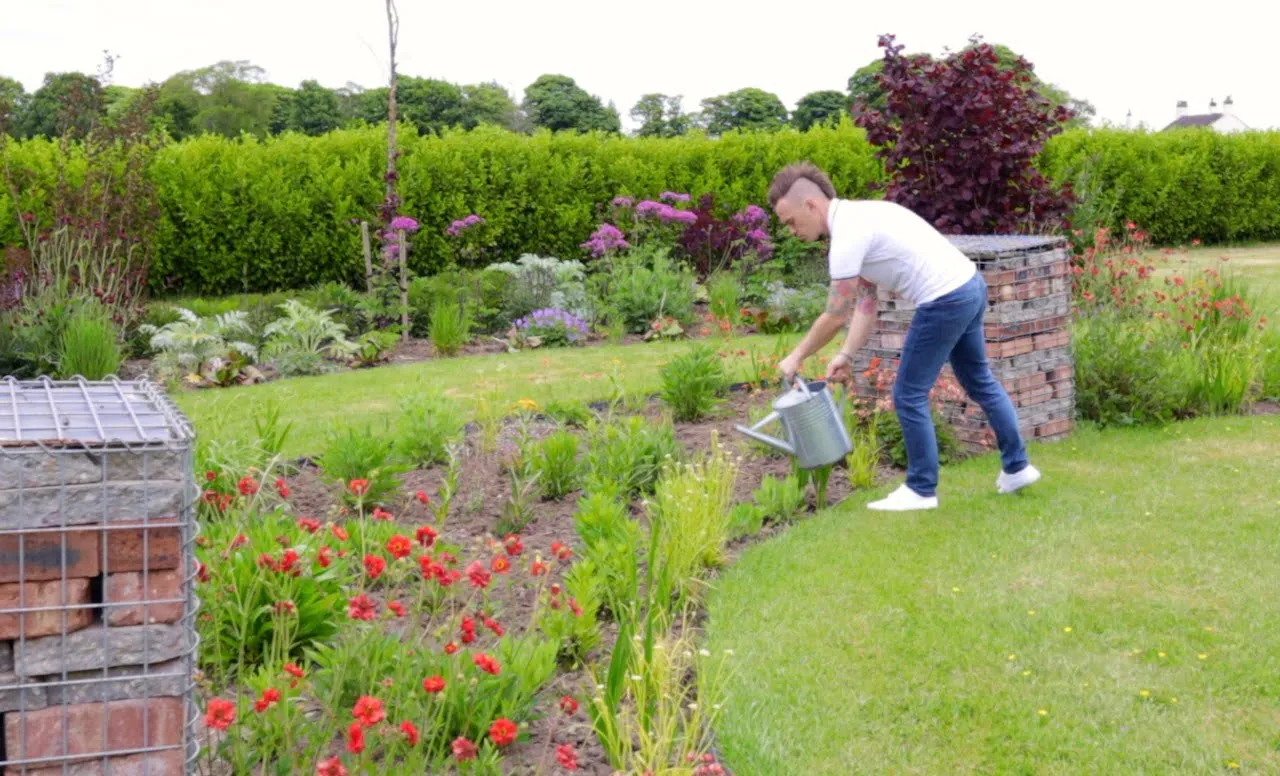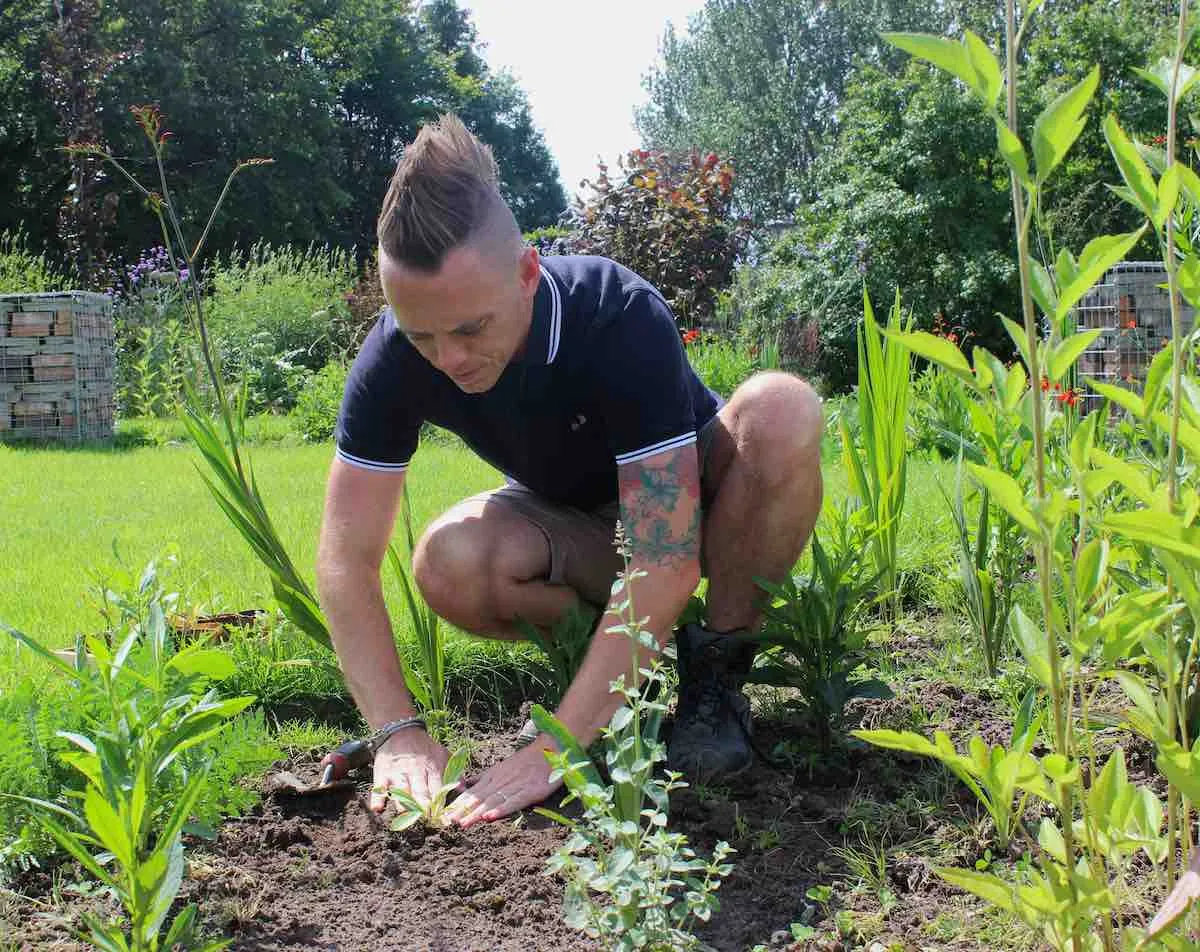Hi @eleanor
Thanks for your question about your evergreen jasmin (Trachelospermum jasminoides). Firstly, let me put your mind at rest and say that these are among the toughest climbers. Although they have some leaf spots, they won't kill the climber, and there are treatments available without reaching for chemicals.
Let's explain what's causing black sooty marks and red/brown spots on your jasmin. It's leaf blight. You may be surprised, given that these evergreen jasmin love full sun, but too much sun can cause this fungus to run rampant!
What does Jasmin leaf blight look like?
Look for irregular brown or black spots on the leaves, often surrounded by a yellow halo. If left untreated, these spots may increase in size, leading to defoliation.
What is leaf blight on Jasmin?
Leaf-blight caused by Cercospora jasminicola and Alternaria jasmini is typically attributed to fungal pathogens. These fungi thrive in warm, humid conditions and tend to infect plants through spores spread by wind, water, or contaminated garden tools.
Poor air circulation, overwatering, and overcrowding of plants can create favourable environments for fungal growth and increase the likelihood of leaf blight.
Additionally, stressed or weakened plants are more susceptible to infection, so factors such as inadequate nutrition, improper watering practices, or environmental stressors can contribute to leaf blight development. Sometimes, even with the best care, your plant just gets infected with fungus, so don't beat yourself up. I've had it in the past and lived with it / treated it.
How to fix leaf blight on Jasmin
Dealing with Leaf-blight caused by Cercospora jasminicola and Alternaria jasmini can be challenging but manageable with the right approach. Let's look at a few tips for reducing and hopefully removing leaf blight.
Cultural Practices are the best methods of control, and these mean no chemicals but actions we, as gardeners, can take.
1:Pruning
Prune affected leaves and branches to improve air circulation and reduce humidity around the plant, which can help prevent the spread of fungal diseases. If there are really congested sooty leaves then cut out the worst offenders and bin them. Never compost them!!

2: Remove damaged leaves and clear up leaf fall
Remove fallen leaves and debris from around the plant to reduce the chances of reinfection. Again, in these or burn them, don't compost them. Wash your hands or wear disposable/washable gardening gloves and change them before touching other plants.
3: Water Management
Avoid overhead watering, as wet foliage creates favourable conditions for fungal growth. Instead, water at the base of the plant early in the day allows leaves to dry quickly.

4. Fertilization
This is the main treatment that works. Give your Jasmin a boost with an organic liquid feed like comfrey tea or something equivalent. Maintain optimal soil fertility levels to promote plant health and resilience to diseases via timely feeding with homemade composts or liquid feeds.
https://youtu.be/5BhGtCjT2TQ
5: Mulching
Apply a layer of organic peat free mulch around the base of the plant to regulate soil moisture and temperature and prevent soil-borne pathogens from splashing onto the leaves. You can use leaf mould, home made compost or peat free shop bought stuff if need be.
https://youtu.be/ptBotSa2wpw
Do let us know how you get on!
Happy Gardening
Lee Garden Ninja
Hi @eleanor
Thanks for your question about your evergreen jasmin (Trachelospermum jasminoides). Firstly, let me put your mind at rest and say that these are among the toughest climbers. Although they have some leaf spots, they won't kill the climber, and there are treatments available without reaching for chemicals.
Let's explain what's causing black sooty marks and red/brown spots on your jasmin. It's leaf blight. You may be surprised, given that these evergreen jasmin love full sun, but too much sun can cause this fungus to run rampant!
What does Jasmin leaf blight look like?
Look for irregular brown or black spots on the leaves, often surrounded by a yellow halo. If left untreated, these spots may increase in size, leading to defoliation.
What is leaf blight on Jasmin?
Leaf-blight caused by Cercospora jasminicola and Alternaria jasmini is typically attributed to fungal pathogens. These fungi thrive in warm, humid conditions and tend to infect plants through spores spread by wind, water, or contaminated garden tools.
Poor air circulation, overwatering, and overcrowding of plants can create favourable environments for fungal growth and increase the likelihood of leaf blight.
Additionally, stressed or weakened plants are more susceptible to infection, so factors such as inadequate nutrition, improper watering practices, or environmental stressors can contribute to leaf blight development. Sometimes, even with the best care, your plant just gets infected with fungus, so don't beat yourself up. I've had it in the past and lived with it / treated it.
How to fix leaf blight on Jasmin
Dealing with Leaf-blight caused by Cercospora jasminicola and Alternaria jasmini can be challenging but manageable with the right approach. Let's look at a few tips for reducing and hopefully removing leaf blight.
Cultural Practices are the best methods of control, and these mean no chemicals but actions we, as gardeners, can take.
1:Pruning
Prune affected leaves and branches to improve air circulation and reduce humidity around the plant, which can help prevent the spread of fungal diseases. If there are really congested sooty leaves then cut out the worst offenders and bin them. Never compost them!!

2: Remove damaged leaves and clear up leaf fall
Remove fallen leaves and debris from around the plant to reduce the chances of reinfection. Again, in these or burn them, don't compost them. Wash your hands or wear disposable/washable gardening gloves and change them before touching other plants.
3: Water Management
Avoid overhead watering, as wet foliage creates favourable conditions for fungal growth. Instead, water at the base of the plant early in the day allows leaves to dry quickly.

4. Fertilization
This is the main treatment that works. Give your Jasmin a boost with an organic liquid feed like comfrey tea or something equivalent. Maintain optimal soil fertility levels to promote plant health and resilience to diseases via timely feeding with homemade composts or liquid feeds.
5: Mulching
Apply a layer of organic peat free mulch around the base of the plant to regulate soil moisture and temperature and prevent soil-borne pathogens from splashing onto the leaves. You can use leaf mould, home made compost or peat free shop bought stuff if need be.
Do let us know how you get on!
Happy Gardening
Lee Garden Ninja
 Lee Burkhill: Award Winning Designer & BBC 1's Garden Rescue Presenters Official Blog
Lee Burkhill: Award Winning Designer & BBC 1's Garden Rescue Presenters Official Blog



